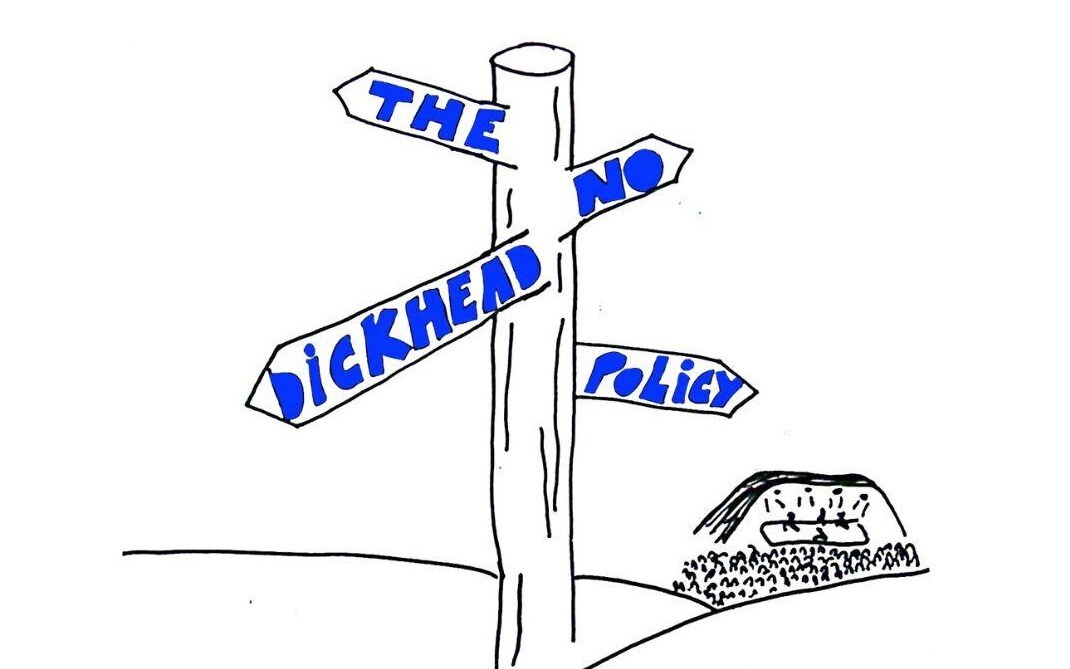The concept of a sound system is foreign to us these days but to understand it, we need some background information. The sound system you’re probably imagining is a set of measly black boxes that run negligible bass and overblown high frequencies. You’re not wrong but in the early 1940’s in Jamaica, a sound system was much more extensive.Think: Massive speakers placed precariously on a car or some portable vehicle, paired with a large generator and a set of turntables. A disc jockey, selector, and MC coming together to host a legendary street party. It sounds like a lot of admin… But oh so worth it to create access to underground sounds and, in hindsight, preserved Jamaican culture.
In the 1940s, the Jamaican sound system culture was born. With the aim of bringing communities together during a time of financial disadvantage, sound system groups would hold street parties and play dancehall, reggae, and rocksteady, paired with soulful vocals and beats.
By the 1950s, sound system culture was booming. The first Jamaican sound system was ‘Tom the Great Sebastian’, created by Tom Wong, with Count Matchuki as the first DJ and Duke Vin, the selector.
As time passed, many other sound systems were formed, all attempting to throw the most successful party. Sound systems would set up in close proximity to each other and try to pull a bigger crowd or reaction. The culture was ferocious. Sound systems were trying to do things that hadn’t been done before in order to stand out and increase traction. New artists were being spotlighted, new genres were born, unreleased vinyls (dubplates) were being played. All to just compete with the next sound system. As a result, the culture was growing; Bigger speakers, bigger parties and new sounds through blending and experimenting with contemporary sounds of that time.
In the 1960s, Jamaica entered a state of political unrest. It gained independence and joined the British Commonwealth. A new leader was elected and a great deal of violence broke out. The long-standing feud between left and right wing caused great political turmoil in the country. As we’ve seen throughout history, music continually acts as a way to express political stance and values. Likewise in Jamaica during this time, many sound systems and artists were making political statements by mimicking the current affairs of their country.
The Jamaican sound system culture continued to grow in popularity. Remaining competitive, these musical groups invented the idea of a ‘sound clash’. A sound clash involves opposing sound systems undergoing a set of rounds that eliminate groups based on quality of song selection, mixing, or performance. These iconic competitions are still played to this day.
Sound systems were taken globally to the UK and US in the 60s and 70s. Racism was a prominent factor in society during this time. Reggae, dancehall and other genres were forbidden to get played on radio stations, meaning if you wanted to listen to this music, you had to attend street parties. Jamaican immigrants in the US and UK would hold word of mouth raves to create their space in the scene. This influence has been described by Julian Henriques as “one of the most efficient musical distribution mechanisms”. Through the subsequent immigration of sound, Jamaican sound systems started to influence hip-hop, dubstep and jungle, blending elements of Jamaican culture into these genres.
An important part of this influence included ‘toasting’: the use of speech over a beat ie. MC and later influencing rapping over a beat. To this day, rhythmically speaking over a beat is often used in many genres.
These days, you can still find comparable “sound systems”. Notting Hill Carnival in London is a notable example, or similar free, pop-up events that might happen in car parks or hidden parks. It’s harder to find with music accessibility being such a prominent feature of modern life. From the music on our phones to the never-ending clubs, music distribution is a privilege.
It is important to be able to look back, in order to understand how to move forward. The culture of sound systems paved the way for several genres, artists, societies and communities. The world of music will perpetually grow with new genres, artists and communities. Knowing and respecting the grass roots of different musical communities and genres, and asking the ‘hows’ and ‘whys’, allows us to appreciate and develop music in a new way. Especially in a very privileged and accessible world we find ourselves in.


